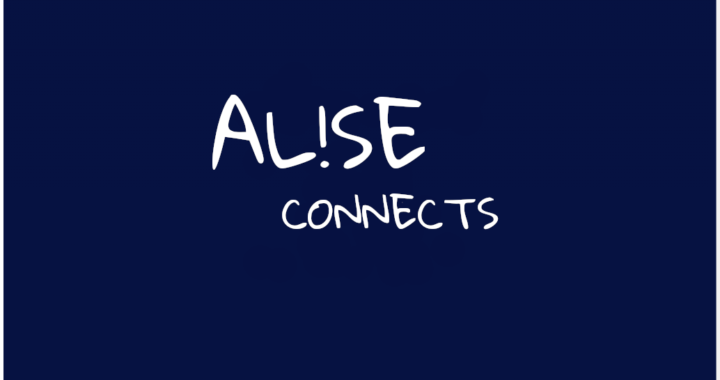Knowledge in Project-Driven Work Environments
In general, a project is a compilation of specific tasks and activities that are required in order to reach a defined goal within a defined time frame. A project is usually realized by a team of people with different skills and experience. Project-oriented work environments face the need of dealing with a very large volume of data stored in various files or system applications: material bills, object lists, detailed descriptions and specifications, and other resources. When working in a team, there is increased demand for communication between team members and in particular demand for the documentation of communication. Analyzing the tasks and processes of a project, questions arise:
- What kind of project information is stored in which system, and what meaning has such information in which context?
- What are the naming and structure conventions for information, e.g. in a file system?
- Who is responsible for which information and task?
- What kind of dependencies between information and tasks are observable?
- Which information is related to which information?
- What is the timeline of the processes, and which information is required to accomplish a process?
- Who is allowed to access what content?
Everyday work consists of repeating mini-projects or processes where semantically enriched information can be captured automatically by a semantic management system. The tracking of information in semantic contexts starts with the definition of the project aim and the planning of the realization.
Typically, this information is stored in databases, project management systems or file systems.
As a result, the basic ontology is already defined during a project’s initial stage, including all persons that are assigned to tasks based on their skills, experiences and responsibilities. To reach milestones, the team focuses to find ways realizing the defined tasks. They analyze news and what can be reused: The project will be itemized – which components are needed to build the facility with specific attributes, depending on the context.
Useful solutions from successfully realized projects are going to be located:
- Is this knowledge already available?
- Are there similar situations?
- Who was involved?
- What were the specifications of material and investments in detail?
Reaching the next level, the sub-teams of the project collect and develop specific information to reach their goals, resulting in the enrichment of the project’s ontology.
During all steps a variety of systems are used to capture, process and exchange information and semantics: File Systems, Intranet Services, Groupware, Documentation, Resource Planning, Customer Relationship, Project Management, and much more. Often, there is no entity to collect and integrate information – it would be necessary to capture and represent a unified view on this information from these various sources to the user.
The need for means of communication and data exchange between subsystems without losing semantic meta-information is obvious…
AL!SE establishes an orchestrated cloud of services that clearly separates between performed tasks.
This design empowers the creativity of a Software- or System Architect to bring a multitude of applications to reality:
- For personal use, AL!SE fulfills local information retrieval on a personal computer, laptop or mobile appliance.
- Shared collaborative work in small project-driven environments is empowered by a shared AL!SE platform.
- Multiple AL!SE instances can be synchronized and accessed simultaneously by one or a group of clients to perform cross-server queries.
AL!SE integrates with its API to all scenarios that might be realized – a smart foundation to build your solution.



No responses yet